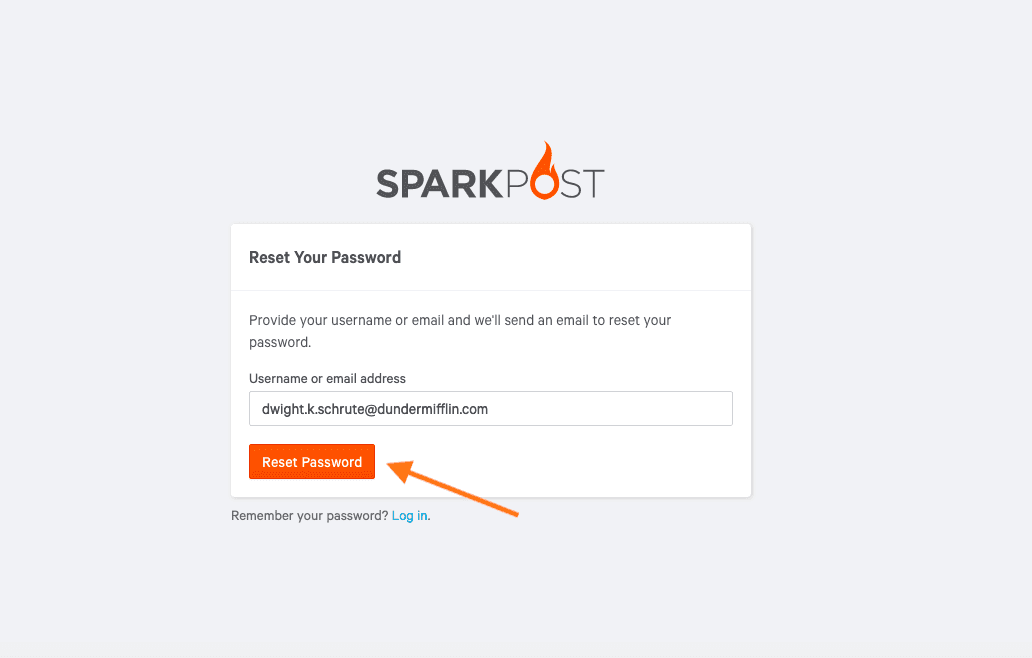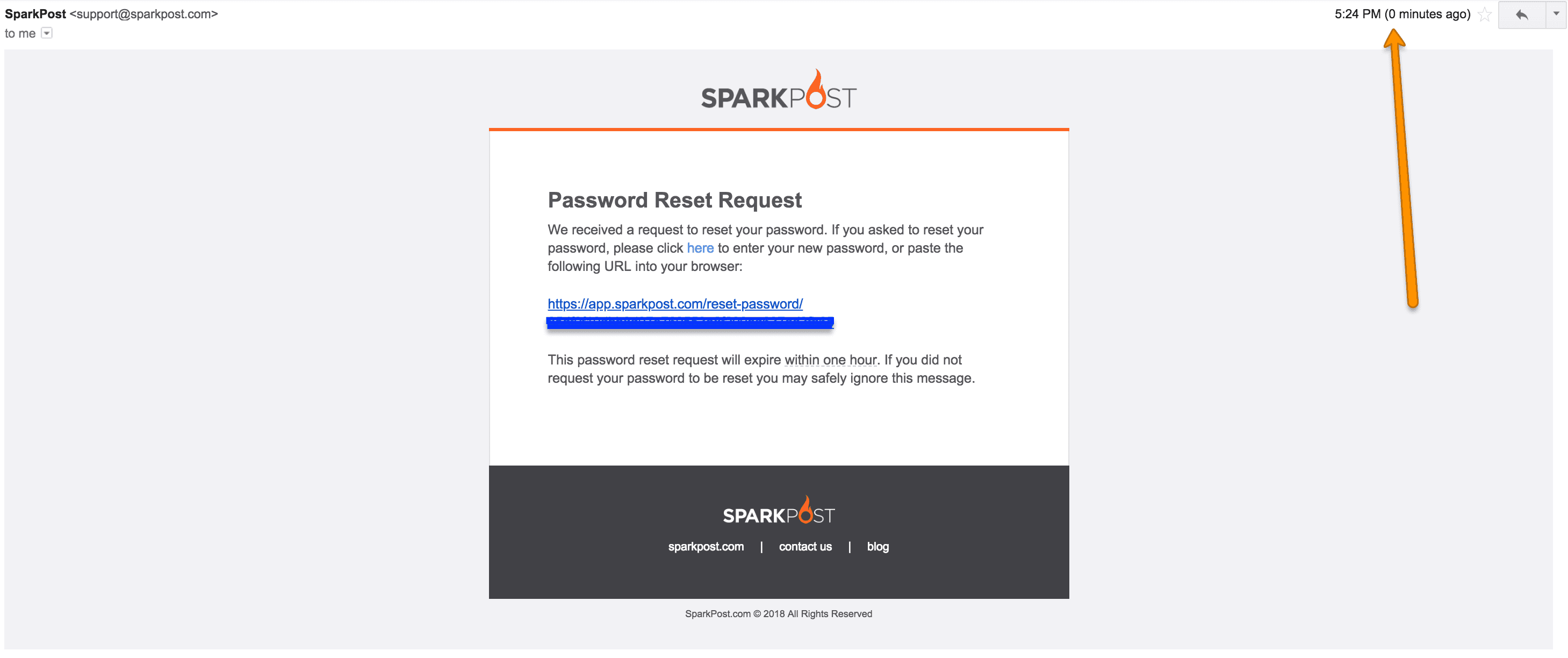
Apr 27, 2018
What is Transactional Email?
Since recent regulations governing user privacy have come to pass, you may have heard about transactional emails. There is a lot of new information about who sends them and how they impact your customers. We’ve prepared this guide to help you understand, craft and send transactional emails for your business.
What Is a Transactional Email?
A transactional email is a method of customer communication in which automated, real-time messages are sent to users through email after a specific action has been performed within an application or website. Sometimes referred to as ‘triggered emails’ or ‘automated emails’, transactional emails typically contain personalized information that pertains directly to the action taken by the user. Examples of transactional emails include password resets, purchase receipts, shipping notification, and legal notifications. These emails often contain valuable information that is critical to the customer experience. When implemented correctly, transactional emails can have very high user engagement rates.
Example:
Take the common scenario of requesting a password reset for a given software application account. Once “Reset Password” is selected, users expect to easily update their password and log back into their account quickly.

In most cases, software applications send password reset instructions via email, as does SparkPost in this example.

After selecting “Reset Password”, an automated email with password reset instructions is delivered to the user, allowing them to complete the reset and continue using the application. Transactional emails accomplish an agreed-upon transaction between the email sender and recipient, ultimately strengthening user engagement.
What Should a Transactional Email Include?
Transactional emails verify that a user has begun a process with your business. Whether placing items in a shopping cart or requesting password reset assistance, the user initiates the relationship or contact. Transactional email is a highly personalized communication since you direct it to a specific user for a particular business purpose. You tailor the information you include in your email around the specific user process. For example, an email for an abandoned cart might reference the items the user placed in their cart. An order confirmation email lets the user know you’ve received the order and may verify details such as payment amount and method and shipping addresses. Your transactional emails should relay enough information to your customer to confirm you’re solving their problem or taking a requested action without additional details.
Why send transactional emails?
As illustrated above, one of the main goals of sending transactional emails is to instantaneously connect and communicate valuable information to customers at key moments of the customer experience. After all, what customer wouldn’t want on-demand services and communication when they need it most? A great customer experience begins with excellent communication. Marketing and product communications teams spend a significant amount of time researching the customer journey to understand the most critical moments of customer communication to drive positive relationships. The following examples of transactional emails are known to have a significant impact on customer relationships:
Account creation and activation emails
Welcome and onboarding messages
User invitations and shares
Security and account alerts
Password resets and two-factor authentication
Purchase receipts and shipping notifications
Legal notices
These transactional emails provide essential information to customers and help them successfully manage websites, applications, or software-as-a-service (SaaS) products.
Who sends transactional emails?
Most businesses send transactional emails or app-generated notifications in some form or another, whether it’s delivery receipts, account creation notifications, user invites, or another important type of message. Many SaaS businesses execute transactional emails by directly embedding an email delivery service into a website or application. This can be done through an email API integration which gives product teams the power to take control of how they communicate with customers via email sent directly from their app or website.
Can I Send Transactional Emails to Anyone?
Several regulations apply to email communications, with even more governance over the types of information you can include in your transactional emails. Generally speaking, customer opt-ins are not required for transactional emails since the customer established a relationship with your business by initiating a process, inquiry, or sale. The regulations become less clear when it comes to information within the email. For example, in the United States, transactional emails confirming customer orders may contain additional product recommendations or purchase options — clearly a marketing nudge after relaying the essential data. In Canada and Europe, however, those suggestions and options may not be permitted by governing laws. Familiarize yourself with the particular rules that apply to your customers and your business to remain compliant.
What Are Transactional Email Services?
Transactional email services are functions that a third-party supplier offers to handle your transactional emailing needs. Reputable email service companies provide many benefits to streamline your transactional sending, including:
Regulatory compliance.
Enhanced deliverability and inbox placement.
Partnering with an experienced transactional email service provider like SparkPost allows you to optimize your communications for more engagement, a better user experience, and profitability.
Transactional email for SaaS businesses
Successful SaaS businesses view transactional emails as an integral component of their customer communication and engagement strategy. Communicating with customers instantly and at critical moments of the customer journey can increase product adoption, brand loyalty, and reduce churn. In some cases, transactional emails are even utilized as core product features.
Transactional email and the customer journey
It’s clear that transactional emails are essential throughout the user lifecycle and when implemented correctly, can significantly improve engagement, retention, and conversion. Account creation emails, onboarding welcome messages, password resets and notifications, and other types of transactional emails are perfect opportunities for organizations to communicate with customers and should be seen as opportunities to build stronger relationships. Transactional emails are standard methods of business-to-consumer communication that are expected by consumers in order for them to stay loyal.
How to improve the transactional emails you send
SparkPost surveyed over 300 email professionals in charge of transactional and marketing communications across diverse verticals to discover emerging trends and identify the challenges they’re facing. You can access the full2020 Transactional Email Benchmark Report hereand theaccompanying infographic here.Here are a few highlights:
Only half of survey respondents said that their company had plans to adopt BIMI in the future.
Security is key to a successful email program. But, of senders that do authenticate their transactional emails only 22% use DMARC.
A/B testing is a huge opportunity when it comes to email and yet only 36% of those surveyed said that it is part of their email strategy.
Every business is unique, so it’s critical to truly understand the needs of your customers before making decisions on your transactional email program. With this information as a foundation, you can start sending successful transactional emails today that grow your business AND your bottom line.